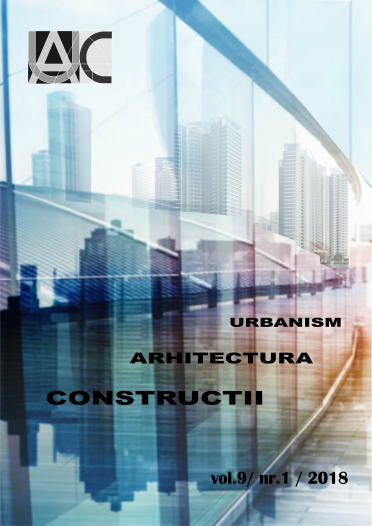Urban green infrastructure: The role of urban agriculture in city resilience
Urban green infrastructure: The role of urban agriculture in city resilience
Author(s): Thomas Panagopoulos, Ilze Jankovska, Maria Boștenaru DanSubject(s): Regional Geography
Published by: INCD URBAN-INCERC
Keywords: urban agriculture; allotments; urban planning; green infrastructure; urban dynamic in natural area; complex metropolitan system
Summary/Abstract: Studies about the subject of cultivated land confirmed that it is the part of urban informal open space and the specific land using form in the city’s natural area. It has ecological, cultural, social and socio-economic value and help to achieve more sustainable urban forms. The European practice shows that the functions of allotments are changing in the city development process from the producing to the function of traditional city greenery which does not demand the city’s budget money. The moving of population into cities drives increasing demands for residential buildings and other urban built up land. From the city planning point of view it is convenient to develop the allotment territories which usually are located near the city centre and has appropriate infrastructure. However the allotments are very popular among the unprosperous people and elders because of contact with the nature and some economic benefits from cultivating the land. Studies show that the complex metropolitan systems cannot be managed by a single set of top-down governmental policies; instead, they require the coordinated action of multiple independent players operating under locally diverse biophysical conditions and constraints, constantly adjusting their behaviour to maintain an optimal balance between human and ecological functions. The increase in urban agriculture in many European cities has been part of a response to a sense of a global crisis, attesting to the resilience of the people living in cities. However, the citizens involved have much to gain from municipal intervention, which can provide and operate some important for agriculture communal infrastructures and define a set of rules. The municipality is also in an ideal position to design and apply a comprehensive strategy for its territory. In conclusion, municipal intervention is instrumental for urban agriculture and for the city’s resilience because is as a vital source of food and occupation in times of crisis and help in adaptation to the climate or other sudden change consequences.
Journal: Urbanism. Arhitectură. Construcţii
- Issue Year: 9/2018
- Issue No: 1
- Page Range: 55-70
- Page Count: 16
- Language: English

